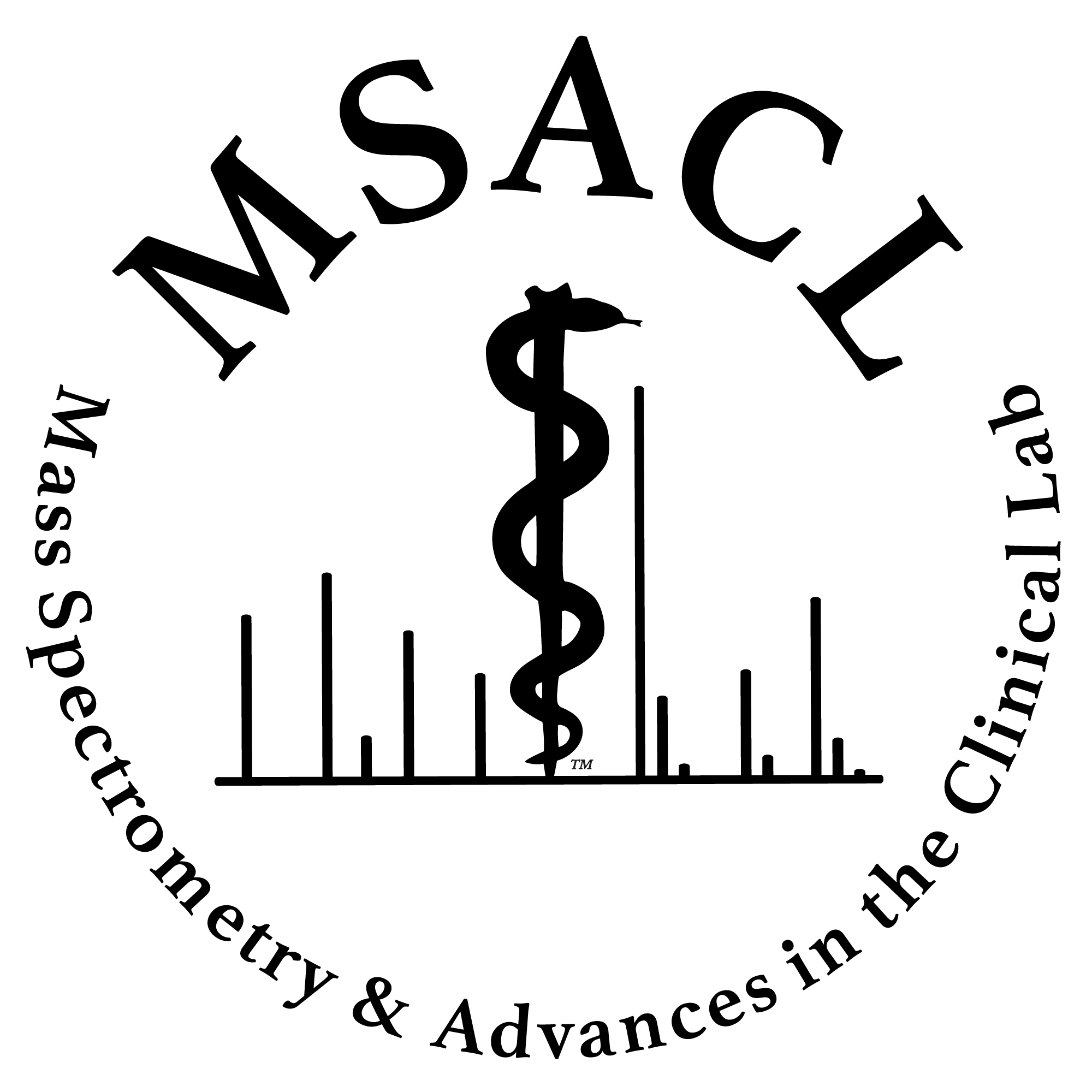|
Abstract Introduction:
PaperSpray-MS is a technique for rapidly quantifying analytes in dried matrix spots such as urine or whole blood. Little or no sample preparation is required, and sample analysis times are 2 minutes or less. The new Thermo Scientific™ VeriSpray™ PaperSpray ion source system utilizes PaperSpray technology to make clinical research workflows faster and more efficient by combining ease-of-use and increased automation with the speed that PaperSpray technology provides. Since PaperSpray-MS is a direct analysis technique with no chromatographic separation, the sample matrix can lower the signal and the LLOQ. In complex matrices, such as whole blood, simple precipitation of proteins may improve the quantitation of analytes using PaperSpray.
Objectives:
The primary objective of this study is to compare drug of abuse quantitation in untreated whole blood and whole blood that has been precipitated by zinc sulfate in methanol.
Methods:
Twenty one drugs in the benzodiazepine, opiate, cocaine, stimulant, and sedative classes and their corresponding internal standards were prepared in whole blood and methanol. Spiked whole blood was mixed in a 1:3 ratio with a precipitation solution (2:1 methanol:0.2 ZnSO4), centrifuged down, and the supernatant was removed for analysis. The spiked whole blood, precipitated blood, and methanol were deposited onto VeriSpray sample plates, dried, and then analyzed using a Thermo Scientific VeriSpray PaperSpray ion source coupled to a Thermo Scientific™ TSQ Altis™ MS. The one-minute chronograms were integrated using Thermo Scientific™ TraceFinder™ software and calibration curves were generated.
Results:
For drugs in methanol, all had an LLOQ of 5 ng/mL (lowest concentration tested). In whole blood the analyte signal of calibrators and the background signal decreased due to matrix effects on ionization. Compared to drugs in methanol, the signal-to-noise was worse for drugs in whole blood. For three benzodiazepines, the signal-to-noise and LLOQ was improved by the precipitation method. These compounds either suffer from decomposition or from protein-binding in whole blood. For the remaining 18 drugs of abuse, precipitation does not improve quantitation. Nine analytes had the same LLOQ in whole blood and precipitated blood. Nine analytes had a worse LLOQ in precipitated blood due to the four-fold dilution during precipitation.
Conclusion:
PaperSpray is a sensitive, direct technique for the analysis of drugs in whole blood. For benzodiazepines, precipitation with zinc sulfate is a simple, rapid clean-up method to improve the LLOQ. For other challenging compounds, including protein-binders, this precipitation method should be tested when optimizing sample preparation for PaperSpray. |

